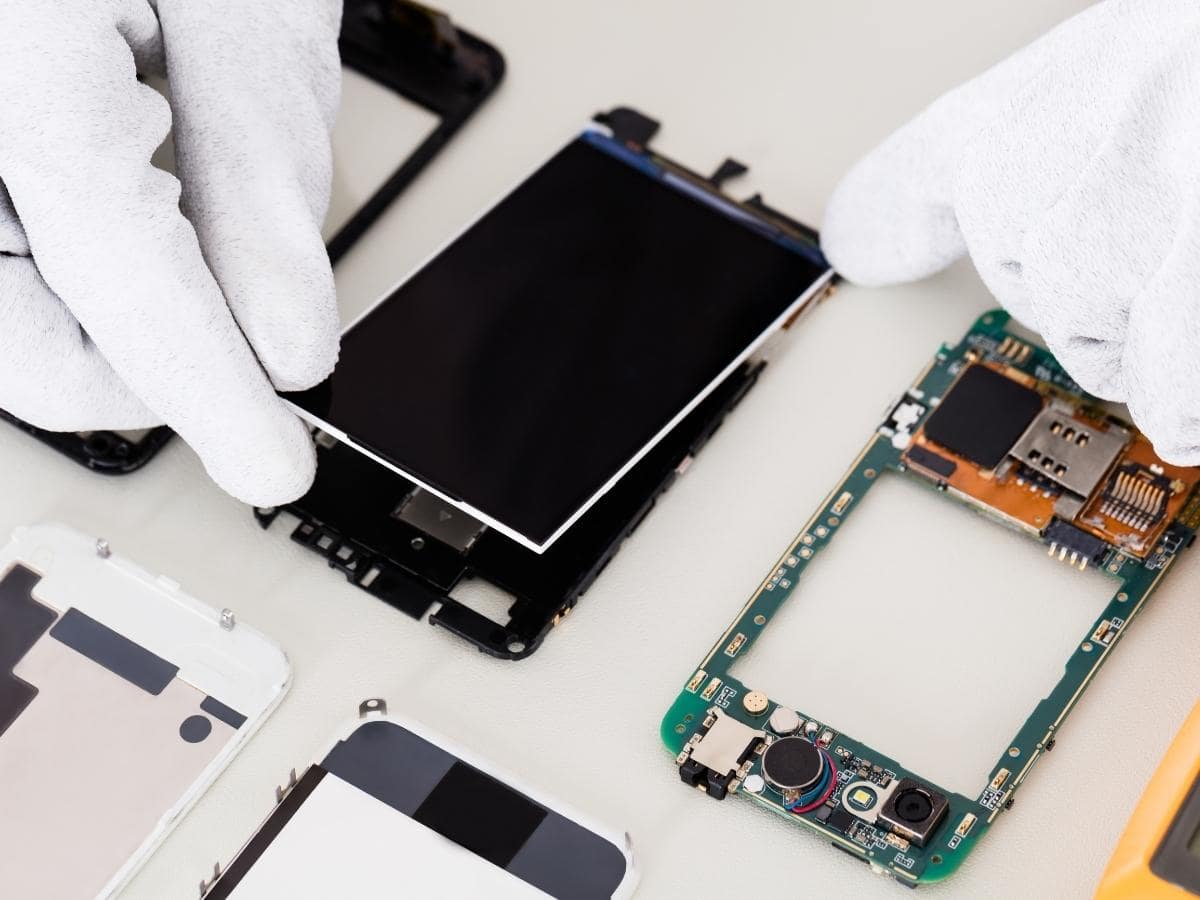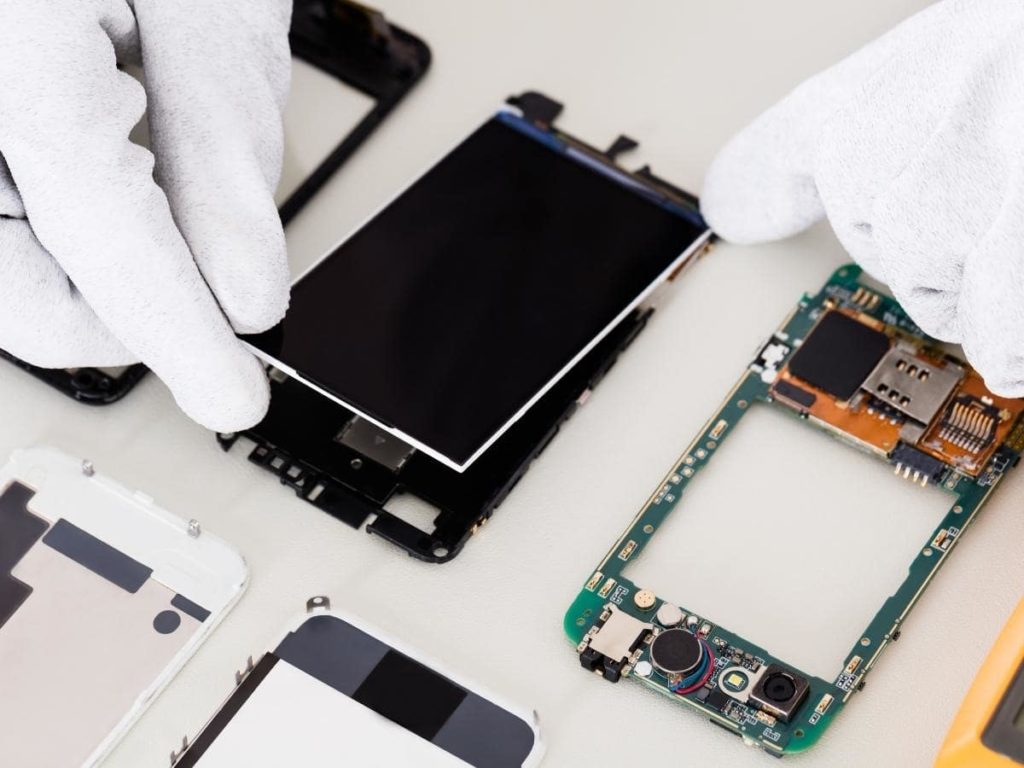
How to Resolve Issues on a Laptop and Computer?
If you are having problems with your laptop, it is essential to take action before the problem gets worse. Frozen computers and laptops can affect your productivity and your image. Fortunately, there are a few simple steps you can follow to fix them.
You can use a Reliability Monitor to help you identify if there is a hardware or software issue causing your computer to freeze. This tool will show you a number of crashes that occur during normal use. If you are seeing a lot of these, it may be a sign of a more serious problem.
Another way to determine if your system is crashing is by looking at its Task Manager. This tool shows you which programs are running and how much RAM they are using. If you see an application that is using too much RAM, you should either quit that application or move the mouse cursor away from the program to find a better option.
If you are experiencing an issue, it is best to try restarting your laptop and refreshing the computer. Depending on your laptop, you might be able to force it to turn off by holding down the power button for a few seconds. In other cases, it is recommended that you start up your computer in Safe Mode. This will allow you to reinstall the device drivers and hopefully solve the problem.

If you are still having issues, consider replacing the video card on your laptop. These cards are usually installed on the motherboard of the computer and can become faulty over time. A faulty GPU will cause a distorted screen image. It is also possible that your CPU or hard drive could malfunction.
If you are unable to determine what the problem is, try disconnecting all non-essential hardware. This includes things like extra cords or headphones. If you are still having issues, you may want to try downloading drivers from the manufacturer’s website. If that does not work, you can try to boot with a live CD of a different operating system. This will ensure that the computer is running the latest drivers.
If you have tried these methods and are still having issues, you may have a more serious problem. If your laptop is a Windows machine, you should run Windows Update. This will allow the operating system to detect if there are any uninstalled drivers or other items you may need to remove.
It is also important to back up any data that you need. This will ensure that your computer and data are safe in the event of a failure. This can be done by using an online cloud storage service. You can also perform a data backup on your own using a CD or external hard drive.
You can also use ctrl + alt +del buttons to turn your computer on and off. This will open the Task Manager, which can be used to see if the problem is hardware or software related.
